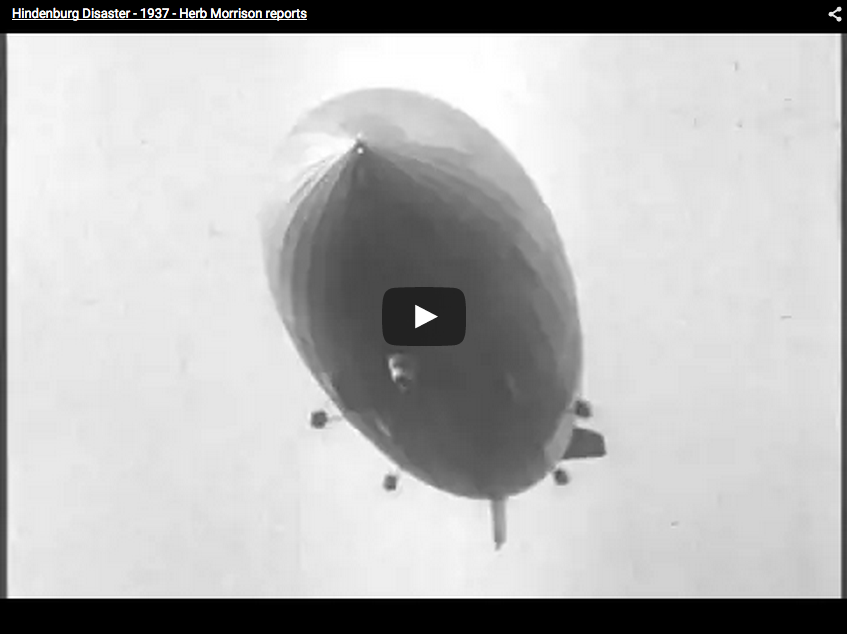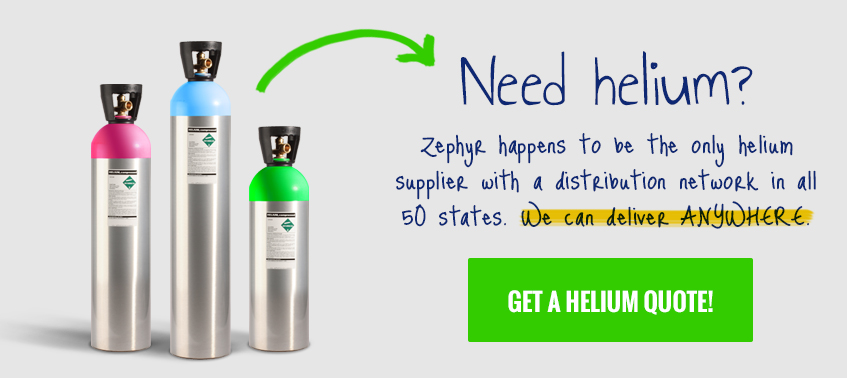On May 6, 1937, while attempting to land at the Naval Air Station in Lakehurst, New Jersey at the end of a two-day transatlantic flight from Frankfurt, Germany, the Hindenburg airship unexpectedly burst into flames and crashed to the ground. In just 32 seconds, the great Hindenburg was reduced to a fiery pile of rubble that consumed the lives of 35 of the 97 people onboard.
Why did it happen?
The investigations that followed the Hindenburg disaster concluded the following unfortunate series of events:
- A storm recently passed through the area, leaving behind an electrically charged atmosphere
- A wire inside the airship snapped from the torque of the irregular, sharp turns executed in the efforts to right the drifting ship over the landing field
- The broken wire punctured one of the rear hydrogen cells, creating a gas leak
- The fabric shell of the airship conducted an electrostatic discharge— a static spark— igniting the leaking hydrogen
Sadly, the Hindenburg disaster would have never happened had its German designer Hugo Eckener simply used non-flammable helium instead of the highly combustible hydrogen gas to float the ship. The question is- why didn’t he?
First, U.S. law prevented it.
U.S. scientists had only recently discovered helium at this time and America had the global monopoly on the gas. Nazi Germany was prohibited from acquiring helium because of world fears that they would use it for weaponry and other military purposes.
Eckener, noted for his opposition to the Nazi regime (despite being funded by it), traveled to Washington in 1929 to argue the helium ban and demonstrate his intentions for the noble gas. Incredibly, he convinced U.S. officials to grant him the authorization to use helium to float his Hindenburg.
But it always comes down to money.
Eckener returned to Germany and quickly realized that he did not have the facilities or the equipment to store and use helium, and even if he did, the costs were far higher than he was allotted through his Nazi-funded budget. Being a relatively new commodity and one of limited supply, helium was 6-10 times more expensive than hydrogen in 1937.
The builder had to make the decision to move forward with hydrogen if he wanted to see his airship come to life.
To ease the minds of the public, a subtle marketing campaign was launched to ensure that the hydrogen ship was perfectly safe for passengers and crew. (They were even allowed to smoke in the smoker’s lounge.)
After millions listened to the Hindenburg burn to Earth behind radio reporter Herbert Morrison’s famous cry, “Oh the humanity!” the American public opinion shifted and the law that prohibited the export of helium to Germany was amended, permitting the use of helium gas for non-military purposes.
And for what it’s worth to Seinfeld fans- this classic ending scene probably would have been far different as well…
Source: Hindenburg: The Untold Story



